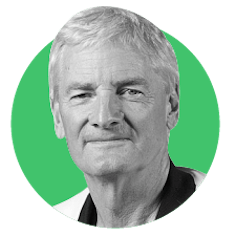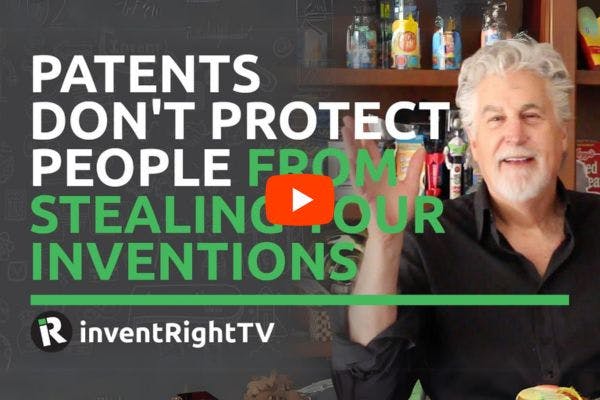The pros and cons of patents
Patents are intended to encourage innovation by rewarding inventors for their efforts. Yet, the phenomenon of patent racing has the opposite effect. We investigate this paradox in this week’s Deep Dive.
✋ A patent is a form of intellectual property that grants the inventor exclusive rights to a new and useful invention, typically for a limited period.
🚀 Patent racing is a phenomenon where firms compete to invent and patent the same idea before anyone else does. The winner of the race gets a legal monopoly over the technology and a competitive edge in the market.
🔥 The race to patent innovations occurs more commonly in fields such as computing and communications, while less frequently in biotechnology. This difference reflects the variations in patent strength, market size and innovation speed across sectors.
⚖️ While this sense of urgency to protect their innovation motivates firms to invest more in R&D and patents more frequently, it could lead to overinvestment, litigation over who owns what and wasteful duplication of efforts.
BY THE NUMBERS

85% In 2022, about 85 percent of all patent filings occurred in the IP offices of China, Japan, South Korea, USA and Europe. China alone accounted for 46.8 percent of the world’s total patents filed.
1.82 million A total of 1.82 million patents were granted worldwide in 2022—an increase from 1.76 million the year before.
11,833 Japanese inventor Shunpei Yamazaki reportedly holds the most US patents. As of January 2023, he has a total of 11,833 patents for inventions that include an integrated circuit chip made of glass.
QUIZ
Which famous inventor did not patent any of his inventions and believed in sharing his knowledge with the world?
A. Thomas Edison
B. Nikola Tesla
C. Benjamin Franklin
Scroll to the bottom for the answer.
DID YOU KNOW?
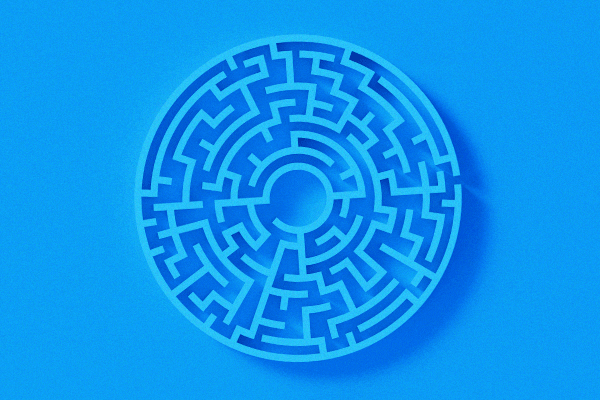
Winners of patent races do 14 percent more follow-on innovation, while losers are almost three times as likely to abandon their invention. Losers must also invent around the winner’s patent, finding alternative technical paths.
THE EDIT
🇨🇳 Ahead of the pack. Chinese technology giant Huawei is leading the race in 5G patents with over 2,000 patents.
🖥️ They’ve got it covered. Amid growing China-US tensions, Chinese companies like Huawei and Tencent are accounting for much of the global patent holdings in the cybersecurity technology sector.
🤖 No can do. The UK Supreme Court has ruled that AI cannot be named as an inventor in patent applications under the current law, after Dr Stephen Thaler, founder of the AI system DABUS, attempted to list his AI for two patents.
WATCH
Patents are exclusive rights that prevent others from making, using, selling, distributing, importing or selling your invention without permission for a set period. However, they don’t necessarily stop people from stealing your invention.
THE FULL PICTURE
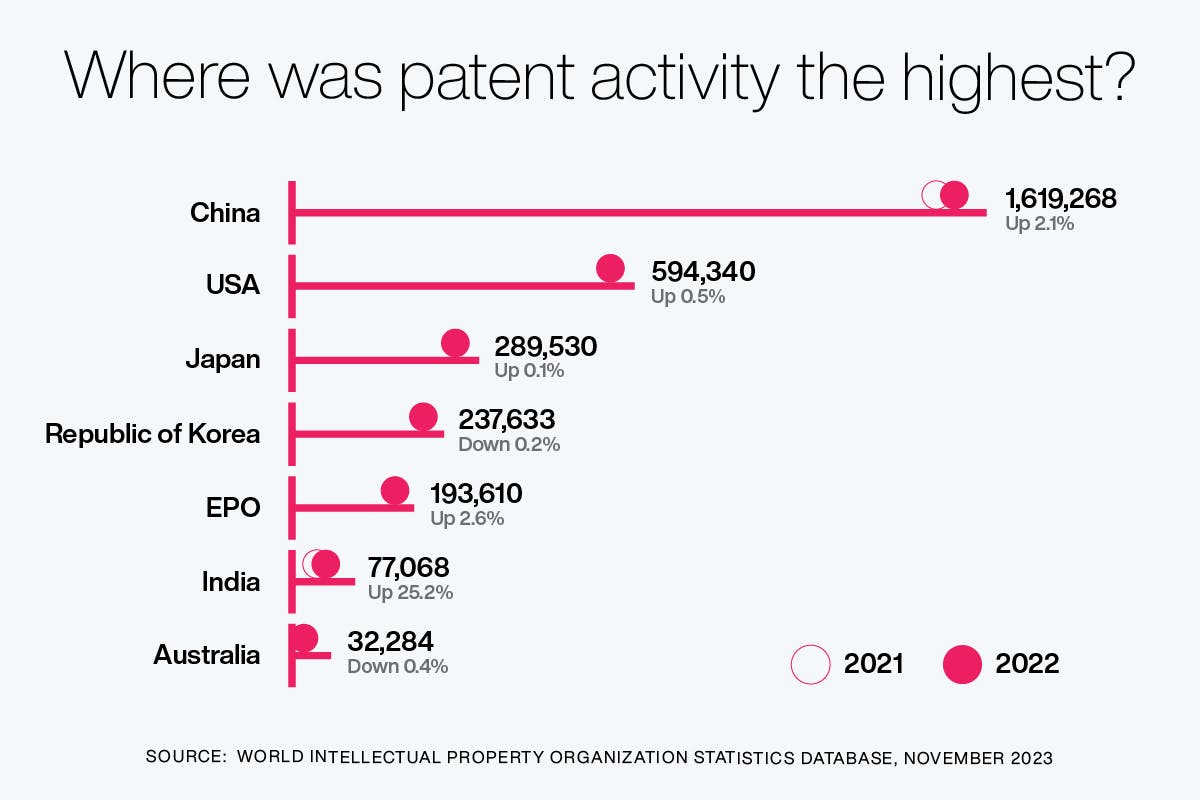
China’s IP office received the most patent applications worldwide in 2022, with around 1.62 million, followed by the US, Japan and then the Republic of Korea.
KEY PLAYER
Lori Greiner
Inventor and entrepreneur, Lori Greiner, has created and marketed over 1,000 successful products. She holds 120 US and international patents. Well-known as a “Shark” from the hit TV show Shark Tank, Greiner has invested in many thriving businesses. She is also the author of the book “Invent It, Sell It, Bank It”, which teaches readers how to turn an idea into a million-dollar reality.

HONOUREE TO KNOW
Jeffrey Tiong
PatSnap, short for patents in a snap, was born out of Jeffrey Tiong’s hope to help those who aren’t intellectual property experts easily understand and use patent search and analysis. The R&D analytics company was founded back in 2007, two years after his work-cum-study stint at a medical device start-up in the US, where he handled intellectual property due diligence.

ONE FINAL THING
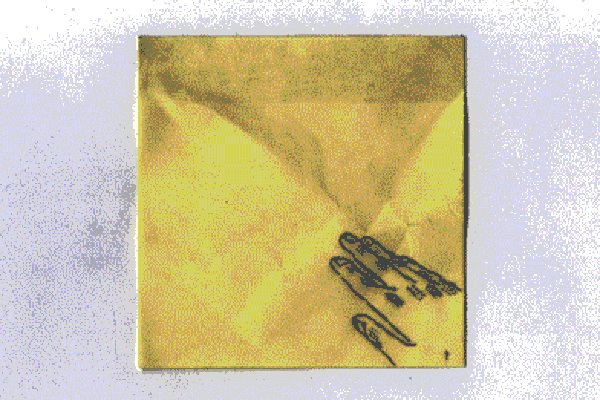
The movie industry is primarily located on the West Coast of the US because inventor Thomas Edison had a monopolistic control over the film industry in the East Coast. Edison held over 1,000 patents for his inventions, including the incandescent light bulb, phonograph and motion picture camera.

